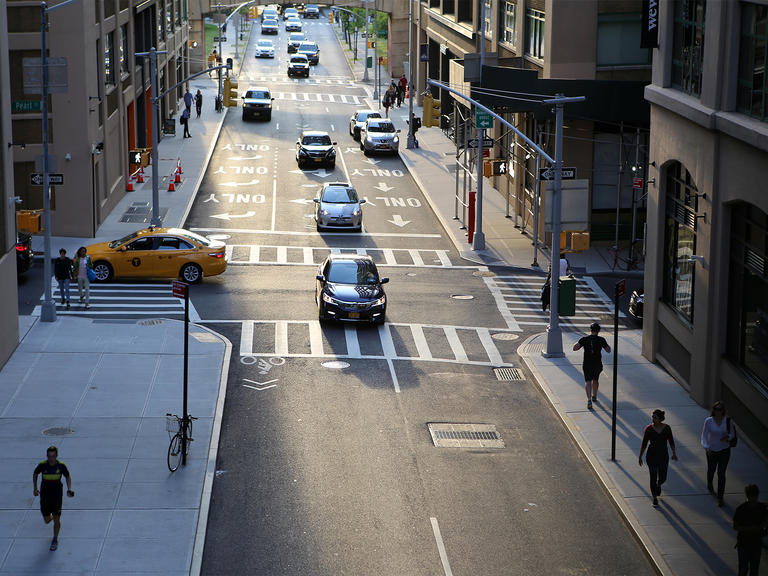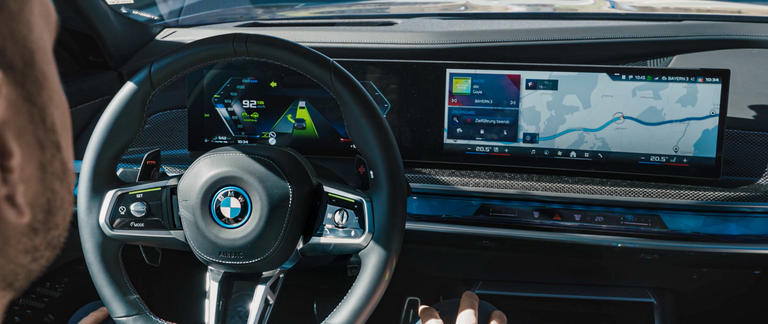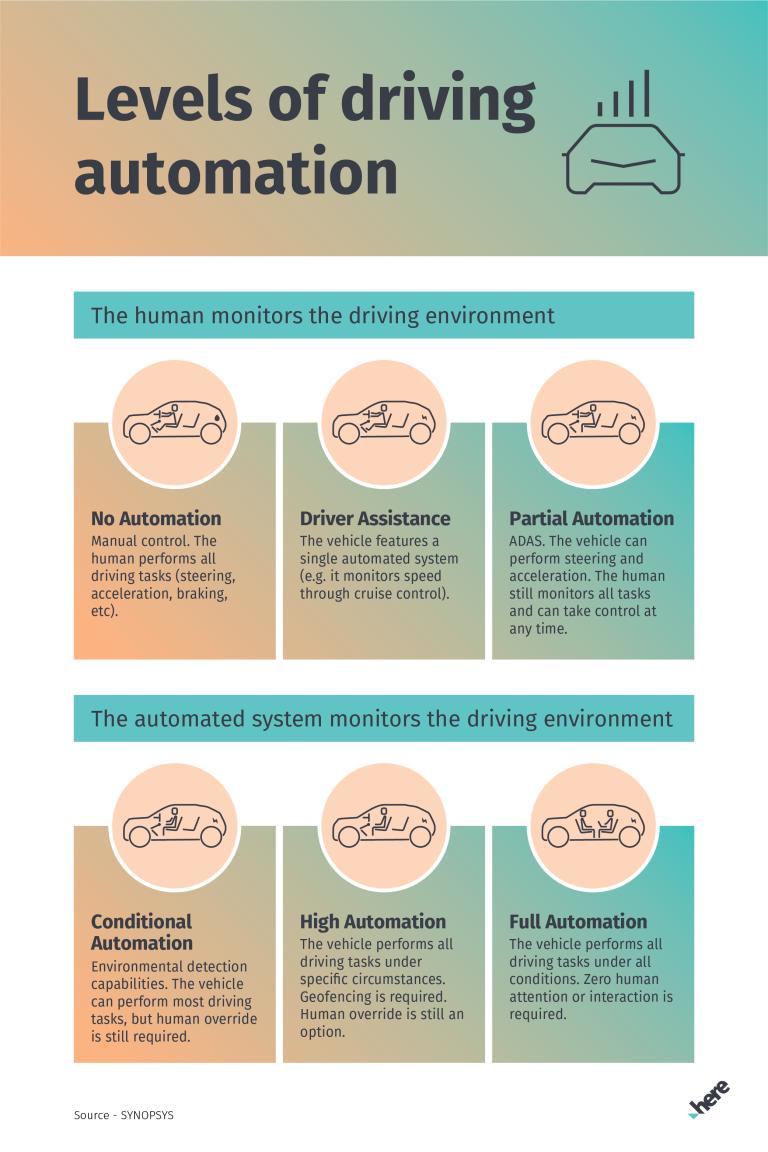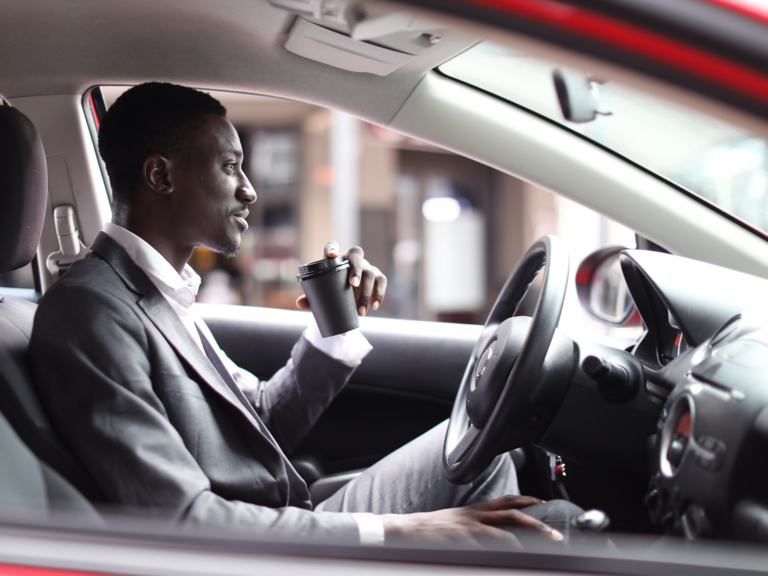How to win back public trust in automated driving

Crashes, caution and confusion: a big problem for automakers looking to move up the SAE Levels of Driving Automation is lack of public trust. Can this perception change?
The public's trust in automated vehicles (AVs) has declined for the second year in a row, according to a study by marketing firm J.D. Power and the Massachusetts Institute of Technology (MIT). The reason? A mixture of confusion about whether certain vehicles are self-driving or not, and robotaxi crashes that make people believe they are unsafe.
The 2023 Mobility Confidence Index Study puts consumer confidence in AVs at 37 (on a 100-point scale), which represents a decline of two points from last year when confidence was at 39 out of 100. And before that, in 2021, consumer confidence was at 42 out of 100.
Nevertheless, the industry is moving ahead. A lot of consumers already enjoy autonomous features in their cars in the form of ADAS (Advanced Driver Assistance Systems) whether they think of them this way or not. Several high-end car manufacturers have launched L2+ or L3 vehicles, showing that consumer cars are progressively moving up the levels in some regions.
How can technology help? Huib Kalb Senior Industry Solutions Manager - Automotive at HERE, told HERE360 that public skepticism is not a new phenomenon. On the other hand, when the original equipment manufacturers (OEMs) deploy ADAS features, this helps drivers get used to autonomous features gradually.
“This is the evolutionary path the OEMs are taking toward automation, as opposed to the revolutionary approach favored by some tech companies," he said. “ADAS features such as automated cruise control have been around for a while now."
Rather than jumping in at the deep end immediately with full self-driving, consumers can slowly start to trust that it is safe when the vehicle takes over certain functions.

The new BMW 7 Series has recently received clearance allowing for hands-free driving up to 60 km/hr on highways in Germany.
The map as a sensor
Of course, it is not just familiarity with these systems that matters to consumers — they need to know that the car can be trusted to make decisions that keep them safe.
Autonomous vehicles typically use a combination of cameras and sensors to help the car “see" where it is on the road. However, there are times when this is not enough to ensure safety on its own.
“Cameras can usually see lane markings on a road, so the vehicle can understand where it needs to be," Kalb said. “But in conditions such as snow or heavy rain, or when the lane markings have been poorly maintained, it is useful if the car can also depend on a map to understand its position."
Whereas cameras have a line of sight which is around 300m under typical operating conditions, another advantage of maps is that they can inform the vehicle about situations and obstacles beyond this line of sight.
For example, Kalb said, if there is a traffic jam beyond that 300m, the car can receive this information through a dynamic service on top of HERE HD Live Map, for example, and plan accordingly.
HERE HD Live Map supports some of the most advanced consumer cars available today in terms of automation.

Higher levels of automation, as defined by SAE International, are now possible.
What's around the corner
Once greater levels of automated driving are achieved, location intelligence will be essential for the next big evolution in automotive — the software-defined vehicle (SDV).
“The SDV is what we achieve when we simplify the architecture inside the vehicle to allow OEMs to evolve the functionality not only from the point of sale, with over-the-air updates, but also at any point from then on," Kalb said. “They will be able to add new features at a later stage, including those that have not been invented yet."
“HERE has a lot of assets that can help support OEMs in this journey."
This makes sense when you consider that drivers will not need to pay constant attention to the road ahead when the car takes over aspects of driving and navigation. Instead, they can enjoy entertainment features such as streaming services or information about local amenities.
The SDV works as a centralized, unified system in the car that greatly reduces complexity and ensures the information is consistent. It provides no barriers to further developments, even being able to move from L3 to L4 of automation at a later stage, for example.

“The digital cockpit will evolve with each level of automation," Kalb explained. Even when artificial intelligence (AI) helps consumers get to where they want to be, location will still be at the heart of it.
“For example, if the passenger wants to take an electric vehicle (EV) to a fast charger near to a Starbucks, location intelligence is what will make this possible," Kalb said.
But while the turn-by-turn navigation inside the vehicle that most drivers are used to may not be needed in autonomous vehicles in the same way, that does not mean the workings of the vehicle will remain entirely mysterious.
“The heads-up display can show where the vehicle is being navigated for peace of mind for the driver," he said. This will be especially critical for those levels where there is a mix of automated and manual driving. For example, in Level 3, the driver must take over when the vehicle requests it, so should remain attentive.
Collisions and faults with those autonomous vehicles taking the revolutionary approach may well continue. However, as automakers refine safety features and advance steadily through the levels of automation, getting consumers on board as they go, it can be expected that the skepticism many of them still feel today will gradually transform into acceptance.
Have your say
Sign up for our newsletter
Why sign up:
- Latest offers and discounts
- Tailored content delivered weekly
- Exclusive events
- One click to unsubscribe


